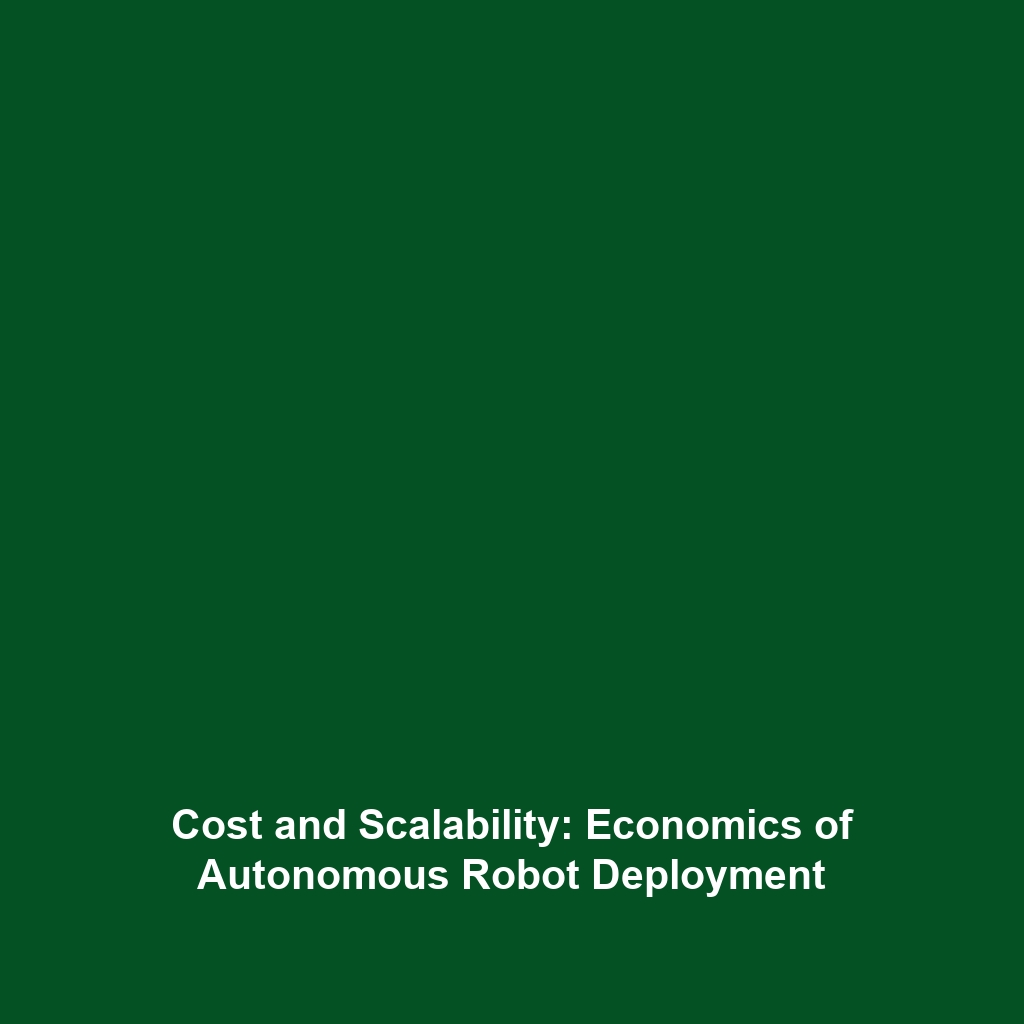Humanoid Robots: Understanding Human-like Features in Robotics
Humanoid robots are remarkable technological advancements designed to mimic human anatomy, featuring structures such as a head, torso, arms, and legs. These robots are significant not only for their technical capabilities but also for their potential applications in various fields, ranging from healthcare to entertainment. Understanding humanoid robots as entities with human-like characteristics allows researchers, developers, and users to explore their abilities, limitations, and future developments within the discipline of robotics.
Key Concepts of Humanoid Robots
At their core, humanoid robots are engineered to replicate human appearance and behavior. Here are some key concepts associated with them:
- Structural Design: Most humanoid robots have a symmetrical structure with a head, torso, arms, and legs designed to emulate human motion.
- Sensing Mechanisms: They are equipped with advanced sensors that allow them to perceive their surroundings, similar to human senses.
- Artificial Intelligence: Humanoid robots often incorporate AI to process information and make decisions, enhancing their interaction capabilities.
- Mobility: Many humanoid robots can walk, grasp objects, and perform tasks, making them versatile in various settings.
Applications and Real-World Uses
The applications of humanoid robots are extensive and varied. Here are some practical uses of humanoid robots in different domains:
- Healthcare: Humanoid robots are being used as assistive devices for the elderly, providing companionship and health monitoring.
- Education: Interactive robots serve as teaching aides, helping students learn through engaging activities.
- Entertainment: Robots like Sophia have captured public attention, performing at events and engaging in conversations.
- Research: Humanoid robots are used in experiments to study human behavior and improve robotic technologies.
Current Challenges
Despite their advancements, humanoid robots face several challenges, including:
- Cost: High production costs can limit widespread adoption, particularly for smaller organizations.
- Technical Limitations: Many humanoid robots struggle with complex tasks that require advanced motor skills.
- Public Acceptance: There is ongoing debate around the ethical implications and societal acceptance of humanoid robots.
- Programming Complexity: Developing intuitive AI that mimics human-like decision-making remains a significant challenge.
Future Research and Innovations
Future research in humanoid robots is poised to deliver numerous innovations, such as:
- Improved AI Algorithms: Future innovations will focus on enhancing the intelligence and responsiveness of humanoid robots.
- Advanced Mobility Systems: Efforts are underway to create robots that can navigate varied terrains with ease.
- Human-Robot Interaction: Research is being conducted to develop more natural communication methods between humans and robots.
- Materials Science: Innovations in materials may lead to lighter, more durable designs for humanoid robots.
Conclusion
In summary, humanoid robots, characterized by their human-like features such as a head, torso, arms, and legs, are redefining the field of robotics with multiple applications. Their significance spans healthcare, education, and entertainment, even amidst challenges like cost and public acceptance. As research continues, the future of humanoid robots looks promising with potential breakthroughs that could enhance human-robot collaboration. For further exploration on advancements in robotics, consider reviewing our articles on Artificial Intelligence in Robots and Innovations in Robot Design.









